Search
Search Results

Definition
Lysimachus
Lysimachus (c. 361-281 BCE) was one of Alexander the Great's trusted bodyguards and a member of his Companion Cavalry. Although he obtained Macedonian citizenship, his father was a Thessalian named Agathocles. After the death of Alexander...

Definition
Hellenistic Warfare
When Alexander the Great died in 323 BCE, he left behind an empire devoid of leadership. Without a named successor or heir, the old commanders simply divided the kingdom among themselves. For the next three decades, they fought a lengthy...
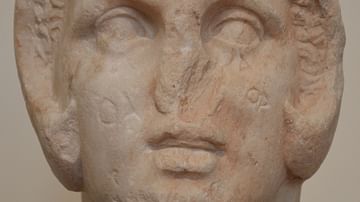
Image
Alexander the Great
Marble head of Alexander the Great, found in the Kerameikos in Athens, c. 300 BCE. Alexander wears the lion’s pelt, a common iconographic feature in depictions of the young king on coins, which hints at his descent from the mythical hero...
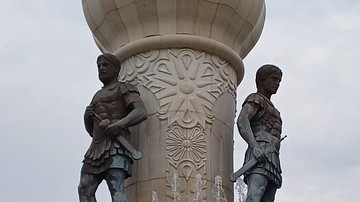
Image
Colossal Statues of Philip II and Alexander III in Skopje
Colossal statues of Philip II of Macedon (r. 359-336 BCE) and Alexander the Great (r. 336-323 BCE) in Skopje. The Skopje 2014 (2010-2014) was a project involving the construction of 136 monumental buildings, bridges, statues, and fountains...

Image
Wall Block Inscribed with the Name of Alexander the Great
Marble wall block from the temple of Athena Polias at Priene, inscribed with the name of Alexander the Great, c. 334-330 BCE. The British Museum, London. Around 340 BCE, the inhabitants of Priene were laying out their new city, terraced...
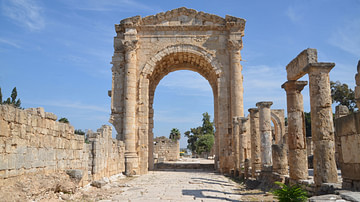
Definition
Tyre
Tyre (in modern-day Lebanon) is one of the oldest cities in the world, dating back over 4,000 years, during which it has been inhabited almost continuously. It was one of the most important, and at times the dominant, city of Phoenicia, whose...
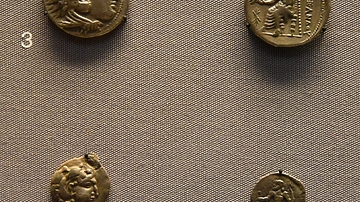
Image
Coins from Macedonia and Sogdia Copying Alexander's Coinage
The State of Sogdia was conquered by the army of Alexander the Great in 327 BCE. The early coins from Sogdia copy the coins of Alexander's Empire, telling us that they were issued after the conquest. Comparisons like this allow ancient coins...
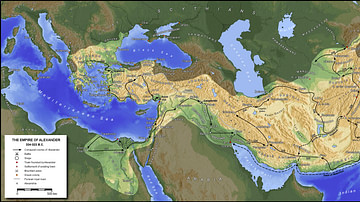
Image
The Empire of Alexander the Great
A map showing the Empire of Alexander the Great, his conquests, and the routes he took (334 BC - 323 BC). Major cities, roads, and battles are indicated.
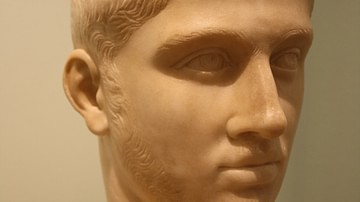
Image
Severus Alexander Bust, Milan
First half 3rd century CE, this marble bust depicts Emperor Severus Alexander (225-235 CE). Unknown provenance.
(Archaeological Museum, Milan)
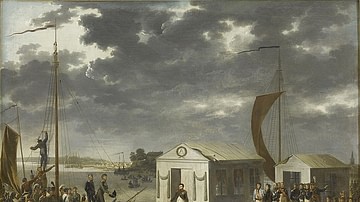
Image
Meeting of Napoleon and Alexander I at Tilsit, 25 June 1807
Emperor Napoleon I of France (r. 1804-1814; 1815) meets with Tsar Alexander I of Russia (1801-1825) on a specially built raft in the middle of the Niemen River to discuss peace. It is one of the most iconic episodes of the Napoleonic Era...